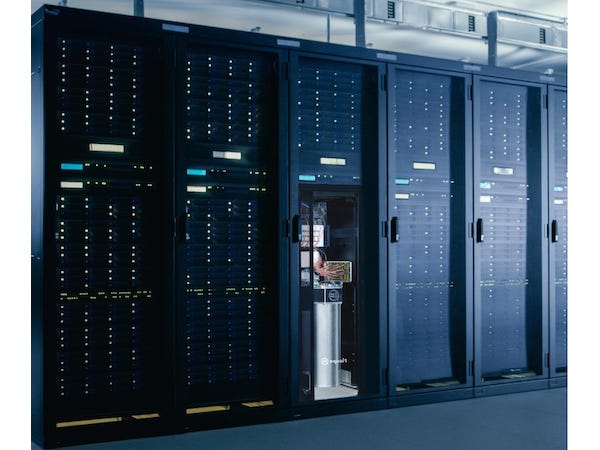ESA to Acquire Hybrid Quantum Computing (HQC) System for Earth Observation
Equal1’s Advanced Bell-1 Quantum Computer Will be Core Processing Unit
The European Space Agency (ESA) will install an Equal1 Advanced Bell-1 Hybrid Quantum Computing (HQC) System for Earth Observation (EO). This partnership will mark a significant advancement in applying quantum technologies to critical space applications.
“Our Bell-1 Quantum Computer, designed for seamless integration into existing HPC environments, is perfectly suited to augment ESA’s capabilities.”
Jason Lynch, Equal1
The partnership was carried out as part of ESA FutureEO flagship program – a driving force for innovation and excellence across satellite missions, Earth system science and Earth action, all in pursuit of a more sustainable and resilient future. The installation of HQC will be part of ESA Φ-lab’s Quantum Computing for Earth Observation (QC4EO) initiative and aims to leverage the unique capabilities of quantum systems to accelerate the processing of complex Earth Observation data structures. Equal1’s innovative approach, utilizing silicon spin qubits fabricated in CMOS technology, offers a scalable and efficient solution to tackle some of the most challenging computational problems in space science.
“We are incredibly excited to partner with the European Space Agency on this transformative project,” said Jason Lynch, CEO of Equal1. “Our Bell-1 Quantum Computer, designed for seamless integration into existing HPC environments, is perfectly suited to augment ESA’s capabilities. This collaboration underscores our shared vision of making quantum computing a powerful tool for accelerating complex data center workloads, especially in vital areas like Earth Observation.”
Earth Observation generates vast amounts of data, essential for climate modeling, weather forecasting, disaster monitoring, and precise image analysis. Classical computing, while powerful, faces limitations in processing these increasingly complex datasets. Hybrid Quantum Computing, which combines the strengths of quantum processors with traditional High-Performance Computing (HPC), offers a promising pathway to overcome these challenges.
Equal1’s Bell-1 Quantum Computer, a 6-qubit system, will serve as the core quantum processing unit. Its rack-mounted design, integrated closed-cycle cryocooler, and low power consumption (1600 W) make it ideal for deployment within ESA’s existing infrastructure. This integration will enable ESA scientists to explore quantum algorithms for applications such as Synthetic Aperture Radar (SAR) raw data processing and mission planning for satellite constellations, demonstrating theoretical and practical advantages over purely classical methods.
“This is an exciting and significant moment for us at ESA’s Earth Observation Programmes, marking a major advancement in our mission to monitor our planet,” stated Simonetta Cheli, Director of ESA’s Earth Observation Programmes and Head of ESRIN. “The complexities of Earth Observation data, from environmental monitoring to disaster response, require unprecedented processing power, and we are thrilled that this collaboration between Equal1 and ESA could pave the way for hosting the first quantum computer at ESA.”
Equal1’s commitment to innovation extends beyond the current Bell-1 system. The design of this system will emphasize “plug-and-play” upgradeability, ensuring seamless integration of future Bell quantum servers. This forward-looking approach ensures ESA’s investment is future-proof, allowing the HQC system to evolve with advancements in quantum technology.
Future versions of Equal1’s UNITY-Q chips will integrate both quantum and classical computing hardware on the same chip, potentially enabling novel features like real-time quantum error detection and correction. This continuous innovation will be crucial for unlocking the full potential of quantum computing for complex Earth Observation challenges.



